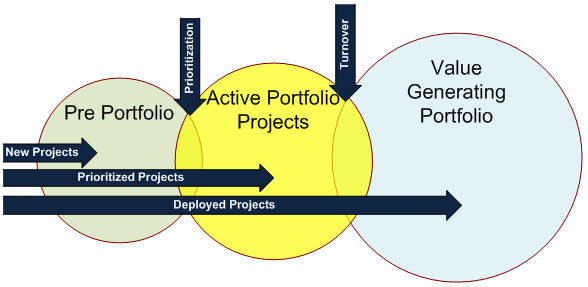The Retrospective: An Essential Practice for Agile Teams
I’ve met too many teams that don’t perform retrospectives—the inspect-and-adapt part—of the agile approach. Sometimes, the people think the retro will take too long, or that they won’t learn enough fast enough.
The problem is that teams do the same thing over and over again. Nothing changes.
I often recommend the five-step approach in Derby and Larson’s Agile Retrospectives: Making Good Teams Great, for any team, agile or otherwise.
- Set the stage
- Gather data
- Generate insights
- Decide what to do
- Wrap up the retrospective
Or, you might also know about the more traditional four questions:
- What went well?
- What didn’t go so well?
- What have we learned?
- What still puzzles us?
Since I suspect you know about those retrospective approaches, I’ll use a different structure here to show you how to reflect fast right after you do perform some form of activity.
This reflection approach is from the book The Art of Focused Conversation: 100 Ways to Access Group Wisdom in the Workplace by Brian Stanfield. I often use this framework when I debrief student experiences (for instance, in a training class or when I facilitate a team’s interim retrospective).
The structure is called ORID, as in:
- Obtain the data
- Reflect on the data
- Interpret the data and make meaning from the data
- Decide
Please log in or sign up below to read the rest of the article.
ADVERTISEMENT
Published at Mon, 15 Apr 2019 04:00:00 +0000





